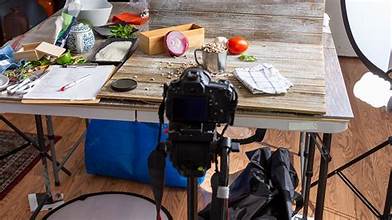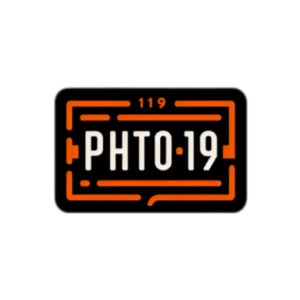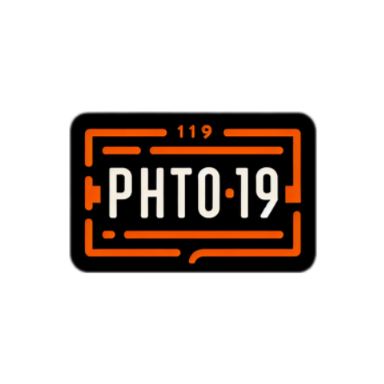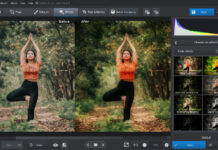
Food photography has evolved from a niche hobby to a powerful tool for brands, bloggers, and enthusiasts alike. As we step into 2024, the role of lighting in food photography is more crucial than ever. Proper lighting can transform a simple dish into a culinary masterpiece, making it an essential skill for capturing mouthwatering images. This article will delve into the top techniques and trends in food photography lighting for 2024, providing you with insights to elevate your food photography game.
Understanding the Importance of Lighting in Food Photography
Lighting is the cornerstone of food photography. It influences the mood, texture, and color of your images. Good lighting can enhance the appeal of your food, making it look more appetizing and vibrant. On the other hand, poor lighting can flatten the colors and hide the details, resulting in unappetizing photos. With the right techniques, you can use lighting to highlight the best features of your dishes and create visually appealing images.
1. Natural Light: The Timeless Choice
Natural light remains one of the most popular and effective lighting sources for food photography. Its soft, diffused quality helps in capturing the true colors and textures of the food. Here are some tips for using natural light effectively:
- Golden Hour Magic: Shooting during the golden hour (the hour after sunrise or before sunset) provides a warm, gentle light that enhances the colors of your food. The low angle of the sun creates soft shadows and highlights that add depth and dimension to your photos.
- Window Light: Positioning your setup near a window allows you to take advantage of diffused daylight. Use a sheer curtain to soften the light and reduce harsh shadows. This setup is ideal for creating a natural and inviting look.
- Avoid Direct Sunlight: Direct sunlight can create strong, unflattering shadows and highlights. Opt for indirect light or use a diffuser to soften the light and avoid overexposure.
2. Artificial Lighting: Versatility and Control
While natural light is excellent, it’s not always available or consistent. Artificial lighting offers flexibility and control over your food photography setup. Here are some popular artificial lighting techniques:
- Softboxes and Diffusers: Softboxes and diffusers help in creating a soft, even light that mimics natural daylight. They are great for reducing harsh shadows and providing a flattering light that enhances the details of your food.
- LED Panels: LED panels are adjustable and offer a consistent light source. They allow you to control the intensity and color temperature, making them ideal for experimenting with different lighting setups.
- Ring Lights: Ring lights provide uniform light around the subject, reducing shadows and highlighting the details. They are especially useful for close-up shots and small food items.
3. The Art of Directional Lighting
Directional lighting involves controlling the angle and direction of your light source to create specific effects. Here’s how to use directional lighting to your advantage:
- Side Lighting: Placing your light source to the side of your food creates shadows that emphasize textures and shapes. This technique works well for dishes with intricate details, such as baked goods and textured vegetables.
- Backlighting: Backlighting involves positioning the light source behind your food, creating a halo effect and highlighting translucency. This technique is perfect for capturing the texture of liquids, fruits, and pastries.
- Top Lighting: Top lighting provides even coverage and reduces shadows. It’s useful for capturing the overall layout of your dish and showcasing multiple components in a single shot.
4. Trends in Food Photography Lighting for 2024
As food photography continues to evolve, new trends and techniques are emerging. Here are some of the top lighting trends for 2024:
- Moody Lighting: Embracing dramatic and moody lighting can add a sophisticated touch to your food photography. Deep shadows and low-key lighting create a sense of mystery and allure, perfect for capturing rich and decadent dishes.
- Color Gel Lighting: Adding colored gels to your lighting setup can create unique and vibrant backgrounds. This trend is gaining popularity for adding a creative and artistic flair to food photos.
- Environmental Lighting: Incorporating elements of the environment, such as candles, neon signs, or ambient lighting, can add context and atmosphere to your food images. This trend helps in telling a story and creating a more immersive experience.
- Sustainable Lighting: With growing awareness of environmental issues, many photographers are opting for sustainable lighting solutions. Using energy-efficient bulbs and minimizing waste aligns with the trend toward eco-friendly practices.
5. Practical Tips for Mastering Food Photography Lighting
- Experiment with Angles: Try different angles and lighting setups to find what works best for your dishes. Don’t be afraid to experiment and adjust until you achieve the desired effect.
- Use Reflectors: Reflectors can bounce light onto your food, filling in shadows and adding highlights. They are especially useful when working with natural light and can help in achieving a balanced exposure.
- Pay Attention to Shadows: Shadows can make or break a food photo. Use diffusers or reflectors to control and soften shadows, ensuring they enhance rather than detract from the image.
- Keep Your Setup Clean: A clean and organized setup minimizes distractions and ensures that your lighting is the focus of your shot. Avoid clutter and keep your background simple to highlight your food.
Conclusion
Mastering food photography lighting is an ongoing journey that requires practice and experimentation. By understanding the importance of lighting, exploring various techniques, and staying updated with the latest trends, you can create stunning food photos that captivate and inspire. Whether you prefer natural light, artificial lighting, or a combination of both, the key is to find what works best for your style and subject. Embrace the challenges and enjoy the creative process of capturing the beauty and deliciousness of your culinary creations.
















